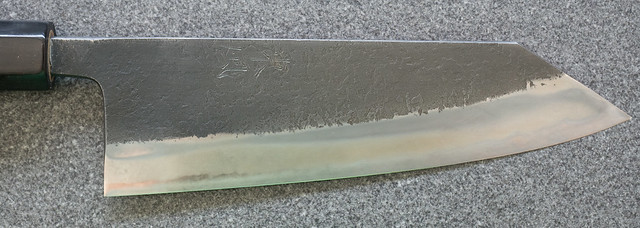Viggetorr
Senior Member
- Joined
- Jun 22, 2017
- Messages
- 311
- Reaction score
- 132
People often talk about certain knives having great, sometimes convex, grinds. I get that the grind affects performance. Howevever, as you sharpen a knife you sometimes need to thind it to avoid it becoming thicker behind the edge. Is'nt the grind lost as soon as you thing it? If that is true, wouldn't the original grind be kind of irrelevant if you plan on keeping the knife for a long time?





